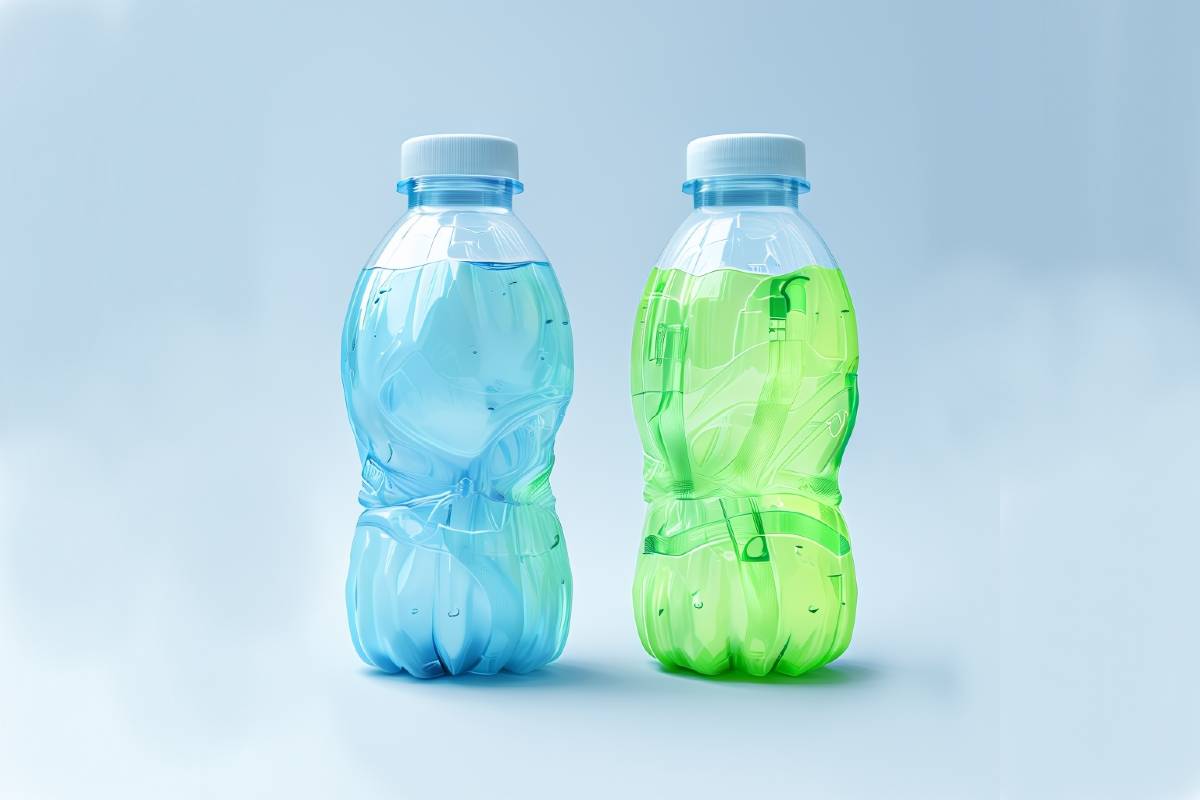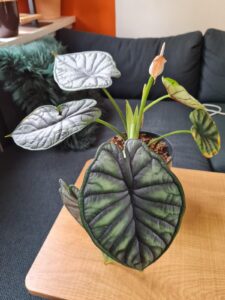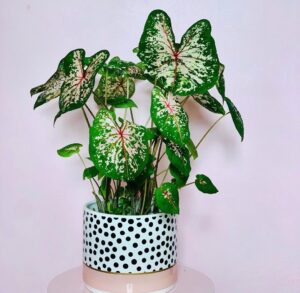
The world is facing a critical environmental challenge with the proliferation of plastic waste. Traditional plastics, derived from petroleum, are incredibly durable and persistent, taking hundreds of years to decompose in the environment. This accumulation of plastic waste has dire consequences, polluting ecosystems, harming wildlife, and contributing to climate change.
In response to this growing crisis, there is increasing interest in developing and promoting biodegradable plastics as a sustainable alternative.
Biodegradable plastics are materials designed to break down naturally in the environment, through the action of microorganisms. This process of biodegradation results in the plastic being transformed into harmless substances like water, carbon dioxide, and biomass, reducing or eliminating the harmful impact of plastic waste.
The development and adoption of these materials can revolutionise the way we use and dispose of plastics, leading to a cleaner and healthier planet.
In this article
The Problem of Plastic Pollution in South Africa
South Africa, like many other countries, is grappling with the negative consequences of plastic pollution. A 2024 study at the University of the Witwatersrand in Johannesburg investigated students’ perceptions of single-use plastics.
The study revealed that while students were generally aware of the problem of plastic pollution, there was a gap between their attitudes and their behaviours. Although many respondents expressed concern about the excessive use of single-use plastics, only a small percentage actively avoided products containing them. This disconnect underscores the need for widely available and convenient alternatives to traditional plastics, such as biodegradable options.
The study also highlighted the inadequate recycling infrastructure in South Africa as a major contributor to plastic pollution.
Only 61% of households in the country receive weekly waste collection services, and a shocking 70% of single-use plastic products are never recovered for disposal or recycling. These statistics point to a systemic problem in waste management, where a significant portion of plastic waste ends up in landfills or leaks into the environment.
EcoCane Innovations: A Promising Solution
Against this backdrop of plastic pollution in South Africa, a team of chemical engineering students from Wits University called EcoCane Innovations has emerged with an inspiring solution. Their project focuses on producing biodegradable bioplastics derived from sugarcane, offering an eco-friendly alternative to traditional plastics. This innovation won them the final round of the inaugural 2024 National Innovathon Challenge, a competition aimed at fostering social entrepreneurship in South Africa.
The team’s approach leverages the inherent properties of starch, a natural polymer found abundantly in sugarcane and other crops like potatoes and corn.
Starch is a renewable resource, readily biodegradable, and can be processed using existing plastic manufacturing techniques.
By using sugarcane as their primary material, EcoCane Innovations contributes to reducing reliance on finite petroleum resources and mitigating the environmental impact of plastic production.
The Science Behind Biodegradable Plastics
Starch, the key ingredient in many bioplastics, is composed of two main types of polymers: amylose (linear) and amylopectin (branched). These polymers can be modified and blended with other materials to create bioplastics with desired properties.
Research into starch-based bioplastics has shown promising results.
For instance, studies using cassava and sweet potato starch have demonstrated the feasibility of producing bioplastic films with the addition of plasticizers like glycerol.
Potato starch is a strong contender for bioplastic production, as well as being readily available. Potato starch is a plentiful resource, making it a suitable candidate for large-scale bioplastic production
These plasticizers enhance the flexibility and strength of the bioplastics, making them suitable for various applications.
Sophisticated analytical techniques such as Scanning Electron Microscopy (SEM) and X-ray Diffraction (XRD) are employed to characterise the structural properties of these bioplastics. This analysis helps researchers understand the morphology, crystallinity, and other crucial characteristics of the materials, allowing for further optimisation of their production and enhancement of their performance.
Comparing Sugarcane and Potato Starch Bioplastics
Similarities:
● Both are derived from renewable plant sources: Sugarcane and potatoes are both agricultural crops, making them sustainable and readily replenishable resources for bioplastic production.
● Both utilize starch as a key component: Both sugarcane and potatoes contain starch, a natural polymer that can be processed and modified to create bioplastic materials.
● Both aim to offer a biodegradable alternative to traditional plastics: Both types of bioplastics are designed to address the issue of plastic pollution by offering a material that can decompose naturally in the environment, reducing the accumulation of plastic waste.
Potential Differences:
● Starch extraction process: The methods used for starch extraction differ between the two sources, potentially influencing the final characteristics of the bioplastic.
● Composition and Properties: The exact composition and properties of the bioplastics could vary depending on the specific varieties of sugarcane and potato used, as well as the processing techniques employed. Factors such as amylose content, gelatinization temperature, and the addition of plasticizers could influence the strength, flexibility, and biodegradability of the resulting bioplastics.
● Production Costs and Scalability: The cost of producing sugarcane and potato bioplastics might differ based on factors like crop yields, processing efficiency, and regional availability of raw materials. The scalability of production could also be influenced by the agricultural infrastructure and resources available for each crop.
Both sugarcane and potato bioplastics hold promise as sustainable alternatives to traditional plastics. However, further research is needed to comprehensively understand their specific differences in terms of production processes, material properties, environmental impact, and economic viability.
The Way Forward: A Multi-faceted Approach
The success of EcoCane Innovations demonstrates the potential of biodegradable plastics to address the plastic pollution crisis. However, a transition to a sustainable future will require a multi-pronged approach involving various stakeholders.
- Investing in Research and Development: Continuous research is vital to improving the properties of biodegradable plastics, making them more durable, versatile, and cost-effective. Exploring new sources of starch, developing innovative processing techniques, and incorporating additives to enhance specific characteristics are crucial areas of focus.
- Improving Recycling Infrastructure: Establishing robust and efficient recycling systems is essential for collecting and processing biodegradable plastics. This involves creating separate waste streams for these materials and educating the public on proper disposal methods. South Africa, in particular, needs significant investment in its waste management infrastructure to address the current shortcomings highlighted in the Wits University study.
- Raising Public Awareness: Educating consumers about the benefits and proper use of biodegradable plastics is crucial to encourage responsible consumption habits. This includes promoting awareness of the environmental impact of traditional plastics and highlighting the importance of making conscious choices in purchasing and disposal.
- Implementing Supportive Policies: Governments play a vital role in creating an enabling environment for biodegradable plastics to thrive. This includes implementing policies that encourage the use of these materials, such as tax incentives for manufacturers and consumers, bans on single-use plastics, and support for research and development initiatives.
- Fostering a Circular Economy Model: Transitioning to a circular economy model is essential for minimising waste and maximizing resource utilization. This involves designing products for durability and recyclability, promoting reuse and repair initiatives, and establishing closed-loop systems where materials are continuously recycled and reintegrated into production processes.
Conclusion
The development of biodegradable plastics like those produced by EcoCane Innovations represents a significant step towards a more sustainable future. These materials offer a viable alternative to traditional plastics, with the potential to significantly reduce pollution and mitigate the detrimental effects of plastic waste on the environment.
By adopting a multi-faceted approach that encompasses research, infrastructure development, public awareness, and policy support, we can move towards a world where biodegradable plastics become the norm, paving the way for a cleaner and healthier planet for future generations.
References:
‘Eco’-student entrepreneurs triumph at ‘Innovathon’, 11 September 2024 – Wits University
Making plastic from potato starch, edu.rsc.org
Synthesis and Characterization of Starch-Based Bioplastics: A Promising Alternative for a Sustainable Future, 5 February 2024
Development of Biodegradable Plastics From Potato Starch With Enhanced Physico-Mechanical Properties Comparative to the Regular Plastic, September 2022
Potato starch-based bioplastics synthesized using glycerol–sorbitol blend as a plasticizer: characterization and performance analysis, 3 September 2022
Sustainable bioplastics derived from renewable natural resources for food packaging, 4 January 2023
VIDEO: How to make plastic truly biodegradable, August 31, 2021







